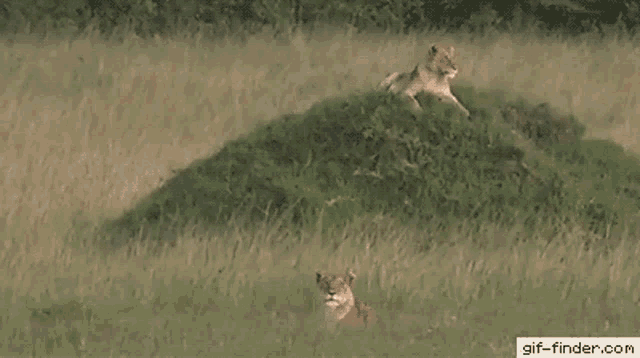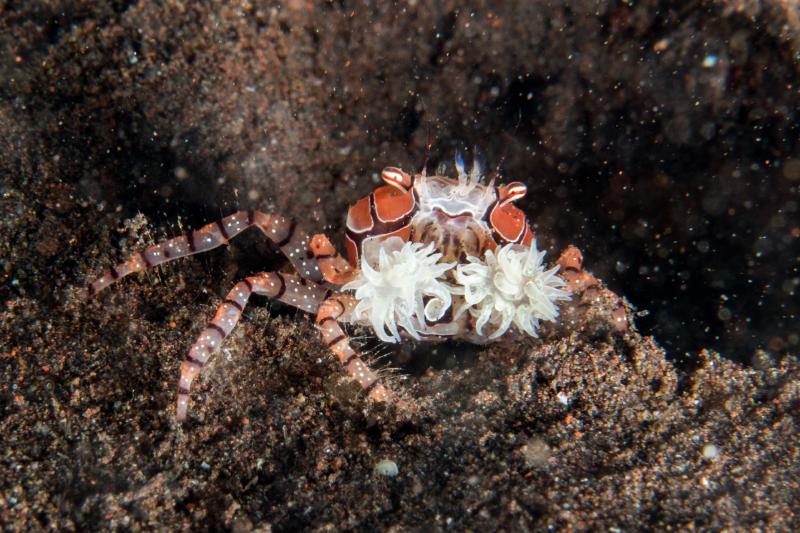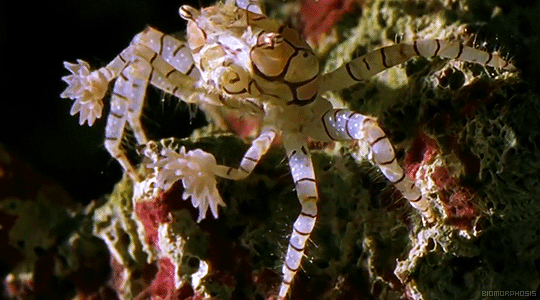Well hello there,
After, yet another, lengthy hiatus we return with another instalment of a Fun Fact From Flora.
Today, the animal that I have viewed to be so crucial , so worth-knowing , so earth-shatteringly awesome that it is worth emerging from my email-less slumber is this: Lybia edmondsoni.
Or more commonly known as the pom pom crab.
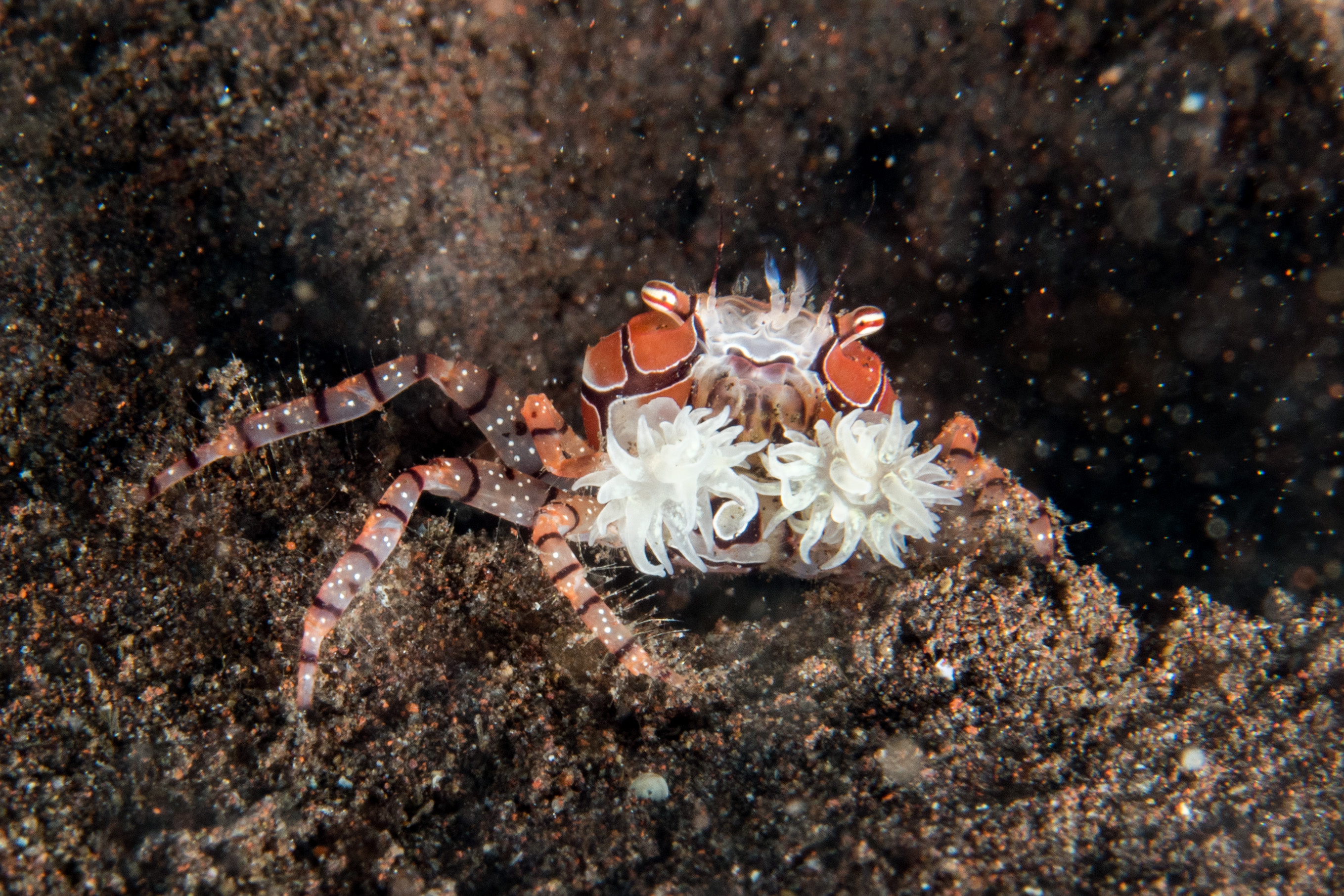
ISN"T HE GORGEOUS?!
Basically, if you can’t see from the image, he is grasping two little anemones in his claws, or his chelae (if you are a snazzy biologist or got too many vowels playing Scrabble). And this species of anemone is symbiotic with this crab, meaning that they both benefit from the arrangement.
The anemone is essentially brandished in the face of anything scary and/or edible , as the anemones have a nasty sting.
This is pretty handy, because this crab has very small claws and so, as the Wikipedia page for this species so scathingly puts it, is neither able to defend itself well nor feed itself efficiently .
I mean same. But still. Harsh.
But luckily this crab has something up its sleeve. Or rather on its sleeve

Its weedy little claws turn out to be an advantage here because they are able to grasp onto these little anemones very delicately (I mean they are also held in place by spines, but the delicate holding of the anemone is a nicer image).
The anemones can then be used as defence against predators or other crabs and also to catch particles of food that the crab can then scrape off and snack on, or even stun larger prey items.
And what is super cool, is that the anemone that is used here (usually Triactis producta ), reproduces asexually by fission. And what that means is that the anemone essentially splits in half to reproduce and does not require another anemone to produce offspring. It can do it all by itself.
In experiments where one of the pom poms gets removed, the crabs will slowly pull the remaining anemone apart, holding one of the fractions in each claw. Each of these fractions then develops into a full anemone again.
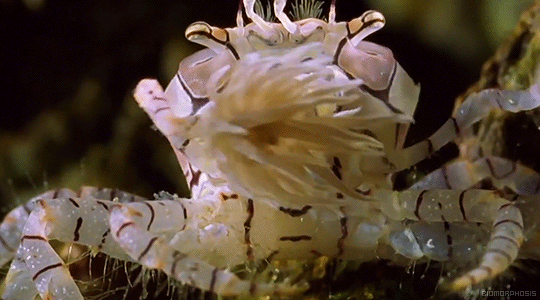
HOW NIFTY IS THAT?!
This is the only example that we know of in the animal kingdom, where one animal actively initiates asexual reproduction in another. In the same way that we might take a plant cutting and stick it in a jam jar of water until it grows roots (or maybe that’s just Chris — do other people do that too?), these crabs are essentially taking cuttings of these anemones.
Rather amusingly, when used to fight other crabs, it seems that the anemones are mostly used in weapon-waving , but little actual contact. Kind of an all-mouth-and-no-trousers sort of situation except an all-anemone-no-chelae sort of situation
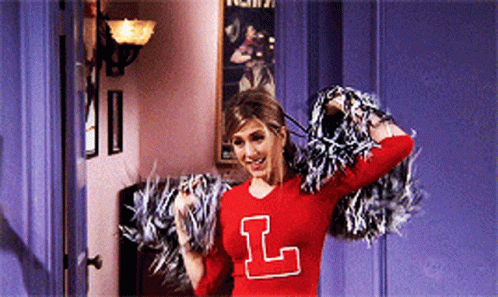
They may be my new favourite crustacean.
Lots of love to you and happy Friday!
Flora xxx
Here is your GIF of an animal falling over.
